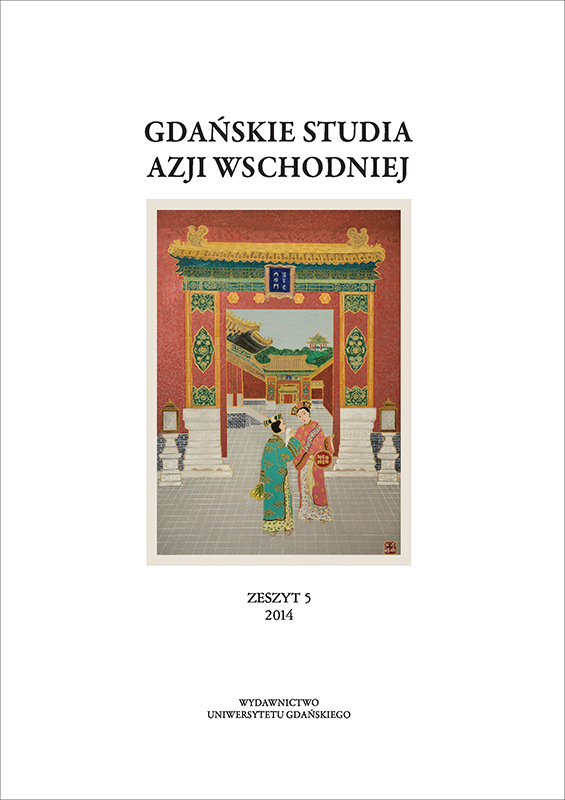Demitologizacja dzieciństwa Terayamy Shūjiego na przykładzie jego utworów parabiograficznych
Demythologization of Terayama Shūji’s Childhood Based on his Quasi-Biographical Works
Author(s): Nikodem KarolakSubject(s): Language and Literature Studies, Studies of Literature
Published by: Wydawnictwo Uniwersytetu Jagiellońskiego
Keywords: Terayama Shūji; Quasi-Biographical Works
Summary/Abstract: Terayama Shūji was a Japanese avant-garde poet, novelist, film and theatre director, as well as the creator of a very eccentric Japanese theatrical troupe called Tenjō Sajiki. He is a world renowned character and is believed to be one of the most original and influential figures in Japanese modern art. Although he was considered as the originator of a series of scandalous events, he was still supported by a range of important Japanese and Europeans stage directors, art designers, writers and poets who regard him as a revolutionary art reformer and genius that can invoke in the audience something more than just the mere interpretation of a play. Terayama was able to make the viewer participate in his theatrical events, so that the spectators become active artists, and according to their views and interpretations, the play, which actually comes into being, could differ considerably. His major theatrical masterpieces include: The Hunchback of Aomori, The Mink Marie, Heretics and Directions to Servants. As for his cinematographic art, his poetic film Pastoral Hide and Seek is often compared to Federico Fellini’s masterpiece 8 ½. Terayama is also known as one of the directors of the New Wave film Throw away your books, rally on the streets dedicated to the Beat Generation and an original adaption of Gabriel García Márquez’s saga One Hundred Years of Solitude. The major goal of the article is to demonstrate how important is the analysis of Terayama’s childhood while reading his works. Since Terayama’s novels has not been yet translated into Polish, the Author hopes that the conducted research on the Japanese artist’s early biographical and (at the same time) non-biographical works, might help other researchers to comprehend the symbolism and metaphorical images in his films as well as in theatrical plays.
Journal: Gdańskie Studia Azji Wschodniej
- Issue Year: 2014
- Issue No: 05
- Page Range: 137-151
- Page Count: 15
- Language: Polish

